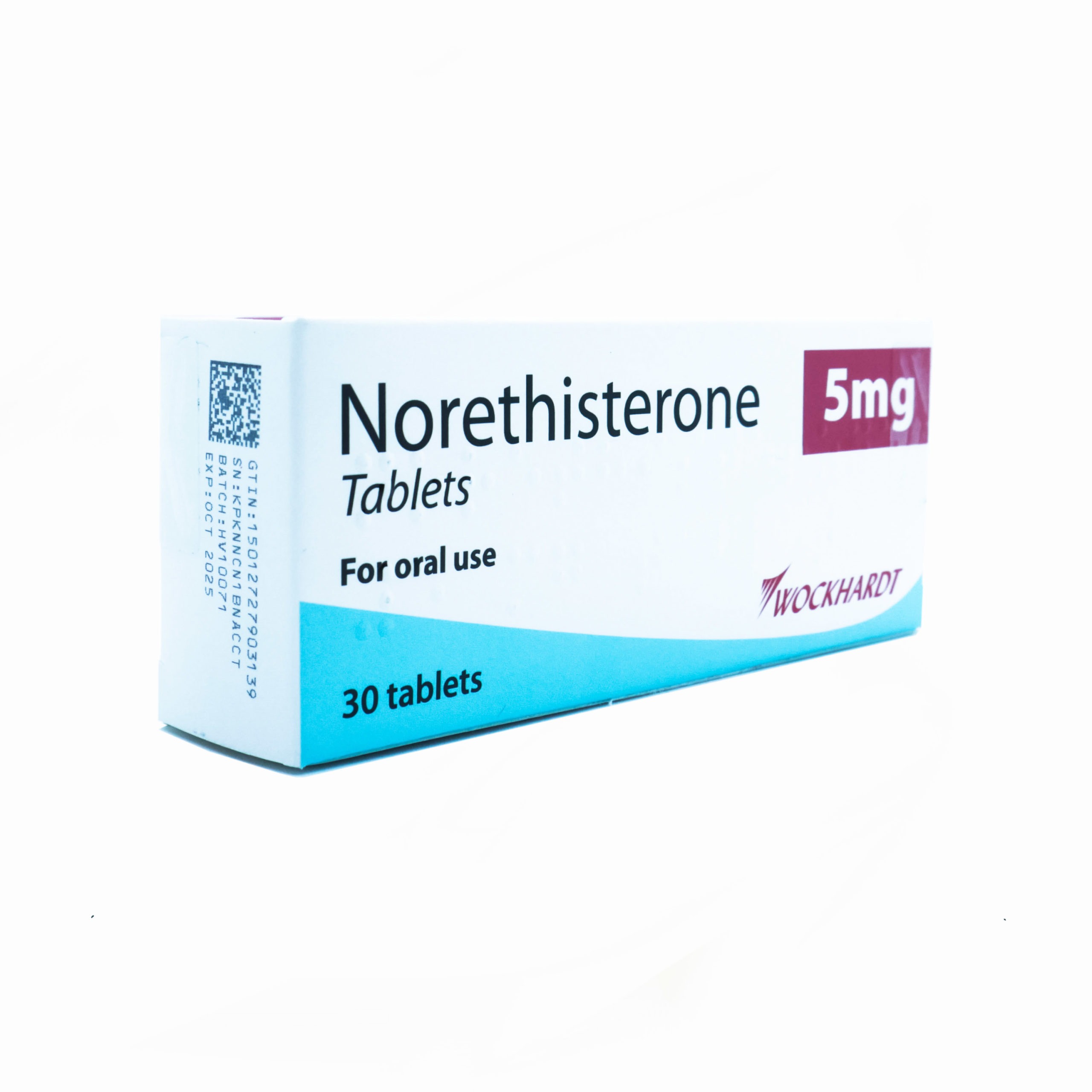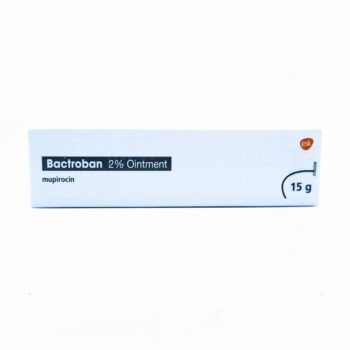What Are Norethisterone Tablets?
Norethisterone Tablets help manage various menstrual-related conditions by working like the body’s natural hormone, progesterone. Doctors prescribe them to treat heavy, painful, or irregular periods, as well as premenstrual tension (PMT) and endometriosis. In some cases, they can delay periods when needed. At higher doses, Norethisterone may also help slow the growth of certain breast cancer cells. Always follow a doctor’s advice before starting this medication.
What Are Norethisterone Tablets Used For?
Doctors prescribe Norethisterone to manage a range of hormone-related conditions, including:
— Heavy, painful, or irregular periods – Helps regulate the menstrual cycle and reduce discomfort.
— Premenstrual tension (PMT) – Eases symptoms such as mood swings, bloating, and headaches.
— Endometriosis – Helps control the growth of womb tissue outside the womb, reducing pain and inflammation.
— Breast cancer – Can be used at higher doses to slow the growth of certain cancer cells.
— Period delay – May be taken to postpone a period for a short time. Speak to a doctor before using it for this purpose.
How Do Norethisterone Tablets Work?
Norethisterone Tablets work like progesterone to regulate the menstrual cycle, reduce heavy bleeding, and stabilise the womb lining. This helps manage hormone-related conditions such as endometriosis and premenstrual tension.
How Should Norethisterone Be Taken?
The dosage depends on the condition being treated, so always follow your doctor’s instructions. Below are the usual guidelines:
— Heavy, painful, or irregular periods – One tablet three times a day for 10 days. Bleeding usually stops a few days after finishing the course.
— Premenstrual tension (PMT) – One tablet daily for 10 days, starting 16 days after the last period began.
— Endometriosis – One tablet three times a day for at least six months. If spotting occurs, a doctor may adjust the dose.
— Breast cancer – Higher doses of up to 12 tablets a day may be prescribed.
— Period delay – One tablet three times a day, starting three days before the period is due. The period should start a few days after stopping the tablets.
Are There Any Side Effects?
Like all medications, Norethisterone may cause side effects, though not everyone experiences them. Common and less common side effects include:
— Mild side effects – Headache, nausea, dizziness, fatigue, or changes in mood or appetite.
— Menstrual changes – Spotting between periods or breast tenderness.
— Less common reactions – Swelling, allergic reactions, vision problems, or changes in skin appearance.
— Serious side effects (seek immediate medical help) – Signs of blood clots (sudden chest pain, breathlessness, or leg swelling), jaundice (yellowing of the skin or eyes), or stroke symptoms (severe headache, difficulty speaking, or weakness on one side of the body).
Who Should Avoid Norethisterone?
Norethisterone is not suitable for everyone. Speak to a doctor before taking it, especially if any of the following apply:
— Allergies – Do not take if you are allergic to norethisterone or any of its ingredients.
— Pregnancy – Avoid use if you are pregnant or think you may be, as it can affect the developing baby.
— Blood clots and heart conditions – Not recommended for those with a history of blood clots, heart disease, or circulation problems.
— Liver problems – Should not be taken if you have liver disease or a history of liver-related issues.
— Medication interactions – Some medicines, including certain epilepsy drugs, antibiotics, and HIV treatments, can interfere with Norethisterone. Always check with a doctor before combining treatments.
How Should Norethisterone Be Stored?
— Keep below 25°C and away from direct light.
— Store in the original packaging.
— Keep out of reach of children.



